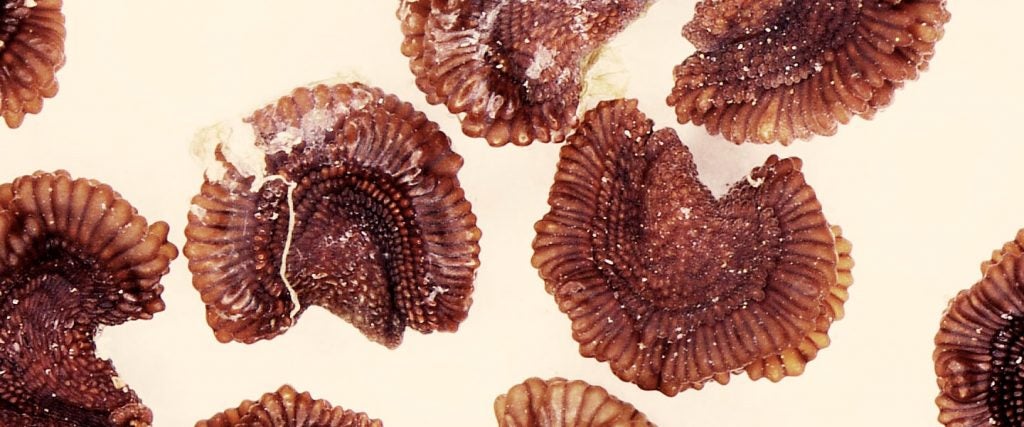Much to the dismay of the ever-dominating wellness industry — whose new medicine du jour are “natural” supplements that allegedly cure everything from mental health issues to sexual dysfunction — horticulturists growing the en vogue plant of the moment have some bad news. “Kanna is not a substitute for MDMA,” asserts 26-year-old Cole (not his real name), an amateur grower living in Virginia. “Kanna is to MDMA what coffee is to cocaine. It’s a very mild, atypical empathogen, but is non-toxic, safe and comes nowhere near MDMA in terms of effects.”
Kanna — officially known as sceletium tortuosum — is a succulent plant native to South Africa, which has been used for centuries to relieve everything from anxiety and stress to thirst, hunger and fatigue. But while there’s some evidence that those who take kanna feel a heightened sense of euphoria — hence the MDMA comparison — there’s nothing to suggest that the plant has any hallucinogenic properties, like MDMA sometimes does.

Nevertheless, this link is increasingly becoming its legacy. The false connection between the indigenous South African plant and illicit party drugs was primarily popularized in 2020, when VICE published an article with the headline, “This Legal Supplement Made Me Roll Like I’d Taken MDMA.” The author says kanna made her feel “elated and full of ideas,” adding that she “wanted to shower everyone with words of affection” and couldn’t “stop grinding [her] jaw.” Some people on Reddit have also described having “physical effects” similar to MDMA, and others have said they felt a come-up — but most say this only occurs in the first 20-ish minutes, and isn’t nearly as potent as real MDMA.
Although kanna growers and enthusiasts don’t necessarily deny that some people might feel these effects, they resent the specific MDMA comparison, which Cole says “damages our community and stigmatizes medicinal use of kanna.” And he isn’t the only person to implore the importance of “resisting the sensationalism” of this comparison. Every grower I spoke to urged me to steer clear of labeling kanna “nature’s MDMA” — the r/Kanna subreddit even wrote a whole post about how they can shake off the association.
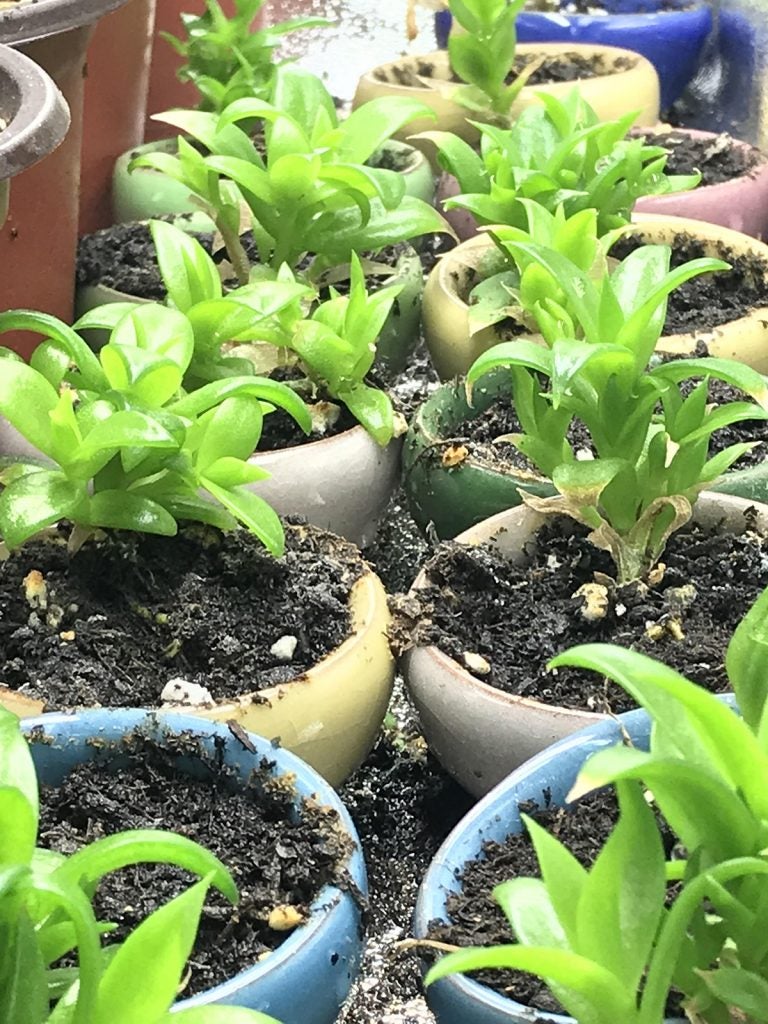
Pseudonymous Michael, an agronomic research scientist and kanna grower, expands on why: “I share the concern of others that cheap and grossly embellished misrepresentations of the plant’s effects will make their way into local news stories, ultimately getting enough undeserved negative attention to [place kanna] in the crosshairs of politicians and people who enjoy banning plants. It’s really important that the huge potential for novel psychiatric medicines to be derived from the natural chemicals in kanna not be overshadowed by its mild recreational use.”
Michael’s concerns aren’t unfounded. The FDA has long attempted to outlaw kratom, a Southeast Asian plant that’s commonly used as a pain reliever and mild stimulant. Defenders of kratom say it curbs cravings for opioids, which are currently the main driver of drug overdose deaths in the U.S. The FDA, however, says kratom is an “imminent hazard to public safety” because it’s “abused” for its opioid-like effects and is “often marketed as a legal alternative to controlled substances.” Growers assert that giving kanna the same treatment will only put its legality at risk, preventing it from being properly researched and effectively utilized for its genuine psychiatric benefits.
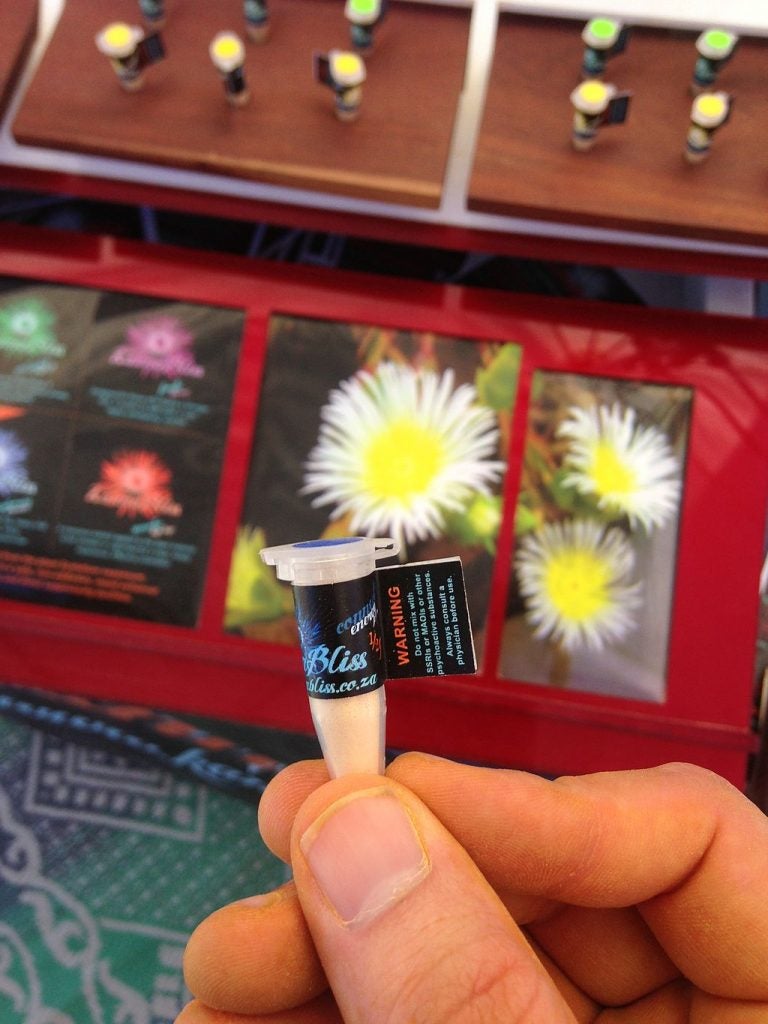
Nevertheless, the plant’s popularity has been skyrocketing, even before the MDMA comparison. Where once the plant was chewed, brewed into teas or smoked (which is how many people still ingest it), today it’s increasingly available as capsules and drops — wellness connoisseurs’ favored consumption method. Although dedicated websites like The Sceletium Source do sell the latter, kanna is most commonly sold as a dried extract, or as a powder in its original and fermented forms. Most kanna is available via organized suppliers who work directly with farmers and product manufacturers. (One person in the r/Kanna subreddit suggested that “demand has drastically increased,” which is “straining the commercial production” of the plant, but I’ve been unable to fact-check this, nor get confirmation from an agricultural grower.)
As it’s legal, kanna has also captured the attention of budding horticulturists, some of whom sell their modest harvests via sites like eBay and Etsy — or simply share tips and tricks in the r/Kanna subreddit. “I grow it out of a love for the plant,” explains Cole. “A weird succulent that’s non-addictive, safe, a natural SSRI and a mild empathogen? This plant is seriously slept on.” (Like SSRIs, kanna has shown inhibitory effects on serotonin reuptake, explaining its mood-boosting effects.) Cole has been successfully growing kanna for two years, and says that although “it’s difficult to germinate and grow the seedlings, once they have three to four pairs of true leaves, they’re really hardy.”
Another amateur grower, 25-year-old Sam (not his real name) from Canada, offers more details about the growing process. “Being succulents, kanna plants favor dry growing conditions,” he tells me. “Seeds should be sown in plain cacti soil — maybe with some added perlite — but don’t bury them, they should only be surface sown. Seeds and soil surface conditions should be kept moist until germination. Once in the seedling stage, it’s important to allow the top moist inch of your soil to dry before remisting it — kanna seeds are prone to damping off.” Sam says the plant will then grow very slowly over the next three months, but once the first true leaves begin to appear, plant growth “will really start to kick off.” He adds that it takes “on average, one year to grow from seed to harvest,” and that the best time to harvest is when the plant is flowering. (According to one redditor, one gram of fresh kanna yields less than a tenth of a gram when it’s dry, so, depending on how much you want to take — and whether you chew it fresh or dry it out — you may need a handful of plants.)
As a bonus, adds Cole, kanna makes a great houseplant thanks to its juicy, succulent looks — whether you harvest it or not. Although he hasn’t started selling his yet, Cole doesn’t appear to rule it out as a possibility in the near-future. “Growing it is a small investment,” he says. “The demand for kanna will only increase. It’s going to take off like CBD.”
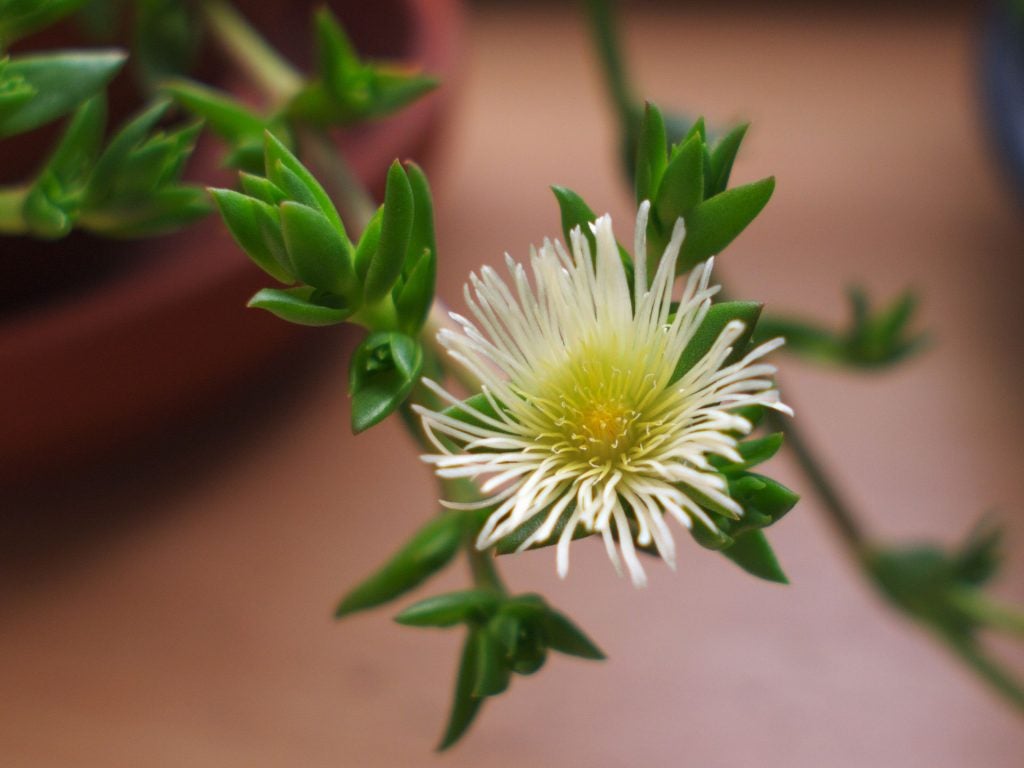
Sam, however, has started selling his homegrown kanna. “I started my business selling on eBay three years ago,” he explains. “The only product I sold at the time I started was kanna seeds, and I was extremely surprised at just how many people had an interest in them. I’d sell two to three packs a day.” A year and a half ago, Sam set up his own website, where kanna is still one of his best sellers. “Our seeds come straight from Kannaland in South Africa,” he continues. “My friend [there] has a permit to legally harvest it, so he goes out for hikes and collects wild kanna seeds. He also has a space dedicated to farming it.”
So, if kanna adamantly isn’t like MDMA, what does it feel like? “Kanna feels like an antidepressant crossed with coffee, but with the headspace of cannabis,” says Cole, explaining that he ferments it then dries it, before drinking it as a tea, chewing it or making it into a snuff (he says the latter two methods have “stronger, more stimulating” effects). “It also causes tactile enhancement. You take it for these effects and for the mood boost, but not for euphoria. It tends to act as a stimulant for the first 15 to 30 minutes, but then as a tranquil calmative. Depending on your strain, it can be more calming — ideal for medicinal use to fight anxiety and depression — or more like super-coffee.”
Sam echoes this, saying kanna gives him “a sense of wellbeing and happiness,” and for some, it’s been great at “virtually eliminating [their] social anxiety.” He also ferments his plant to “rid it of oxalic acid,” an organic compound found in many plants that can, in large doses, cause kidney stones. This process takes a week or so and involves putting the plant into a Ziploc bag, crushing it into “a pulpy green liquidy mush” then “burping” the bag once a day by opening it and allowing air exchange. When the bag “emits a sweet, socky smell,” Sam will “dump it onto parchment paper and bake it on the lowest setting until bone-dry” before “pulverizing it with a mortar and pestle.”
Neither Cole nor Sam shared how much they tend to take, but an expert told VICE that those who ingest kanna will feel a mild effect with a five to 10 milligram dosage, or an “intoxicating” effect with a 25 to 50 milligram dose.

Despite its reputation, not everyone who grows is a die-hard fan. Canada-based Andrew, a “plant nerd” who’s in his mid-30s and has been growing kanna for a few years, says he often gives his harvest away. “I don’t really enjoy kanna. I don’t dislike it, but I don’t really think about taking it,” he explains. “Some people find it very useful, though, so I give them the plants I’ve grown.” This opinion might stem, in part, from an experience in which Andrew “overdid it and had to sit at [his] desk for 20 minutes and meditate.” One way he does like to take it is after a few beers because, he says, it’s “less intense than [taking it] sober.” He adds that he does feel reduced anxiety for two to three weeks after taking just one dose.
The latter effect is research-backed, as is kanna’s potential as a possible treatment for those with early Alzheimer’s. A 2021 review of medical literature about the plant also confirmed kanna’s stress-relieving, antidepressant, pain-relieving and anti-inflammatory properties. Still, as clinical psychologist Vincenzo Sinisi previously told Verywell Mind, “research is limited and studies are typically small or animal-based.” Furthermore, although it’s generally considered to be safe, Sinisi warns against trying it if you’re already taking SSRIs — as it can rapidly increase your serotonin levels, which can be dangerous — and advises against overconsumption, which, over time, can “paradoxically increase anxiety.”
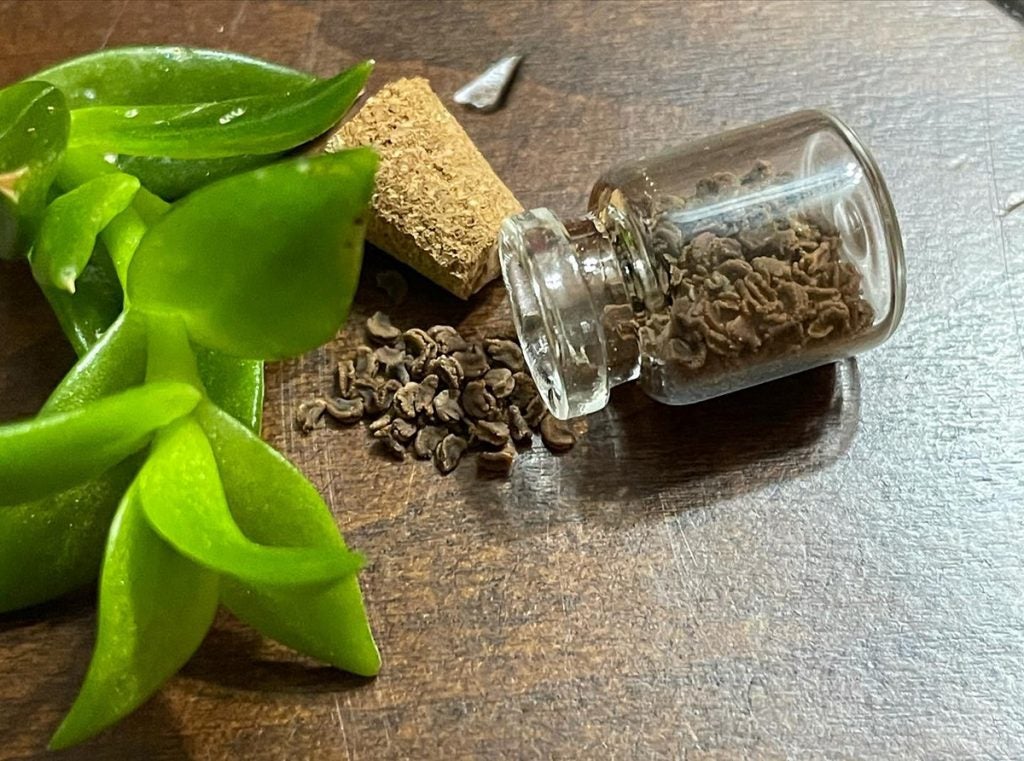
For some of those who grow the plant at home, part of the fun is simply learning about it. “Studying and experimenting with plants is essentially my raison d’être,” says Michael. “Kanna isn’t well-documented in general, but there’s virtually no research literature available on its cultivation. This made me greatly curious, and has turned into an obsession for me, as I see it as a big unanswered question.”
But, of course, for others, it’s about its various psychiatric benefits. “I don’t believe any one pill, drug, or plant can cure a person’s depression or anxiety, but things like kanna can be utilized as tools to make it easier to work on yourself and gain insight into the nature of your problems,” Sam says. “My hope is that kanna continues its slow momentum out of the depths of obscurity and into the sights of a righteous pharma company who would theoretically have the capacity to turn it into an amazing antidepressant drug.”
For now, though, he concludes, “it’s also just a beautiful plant.”
